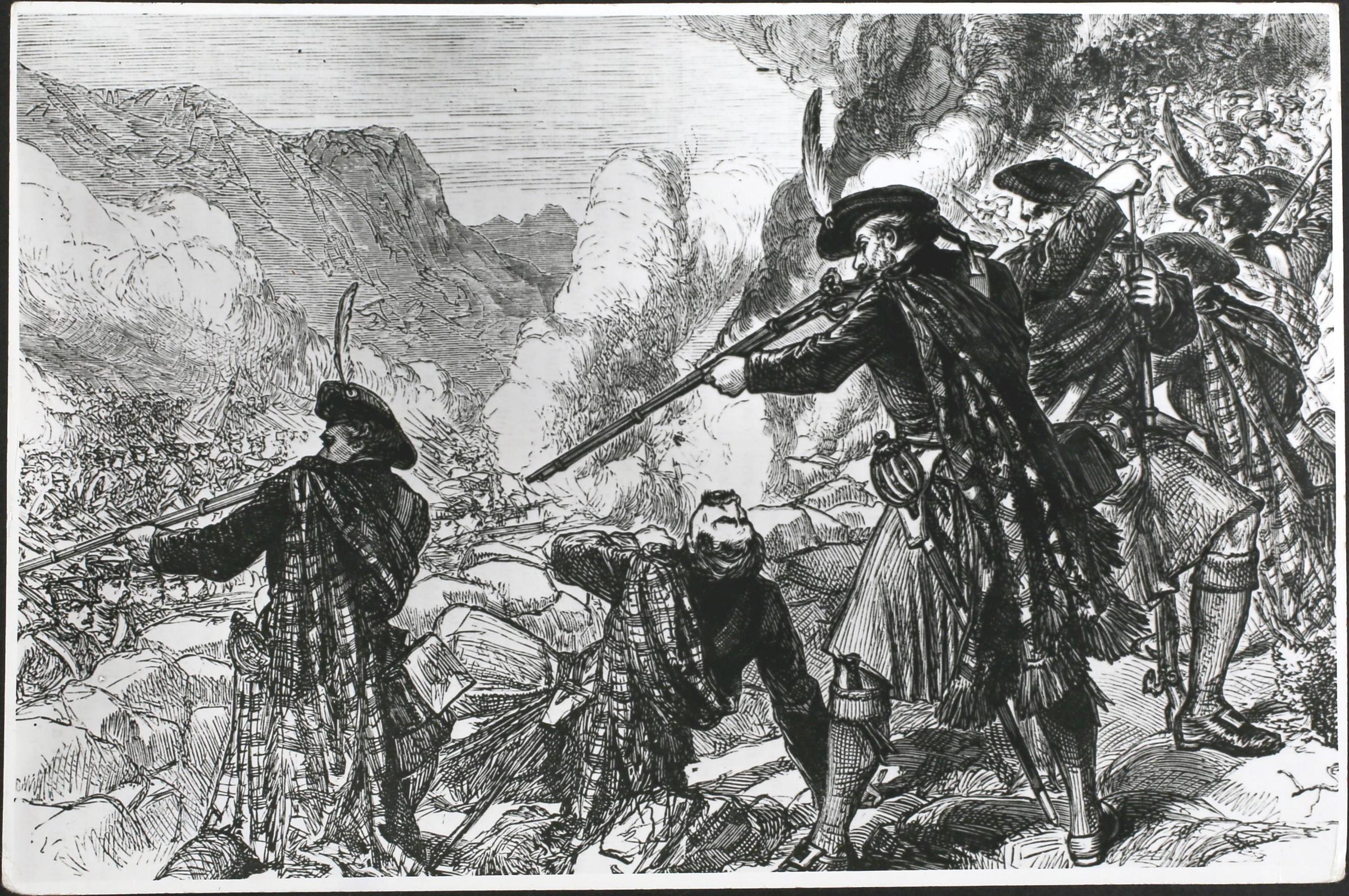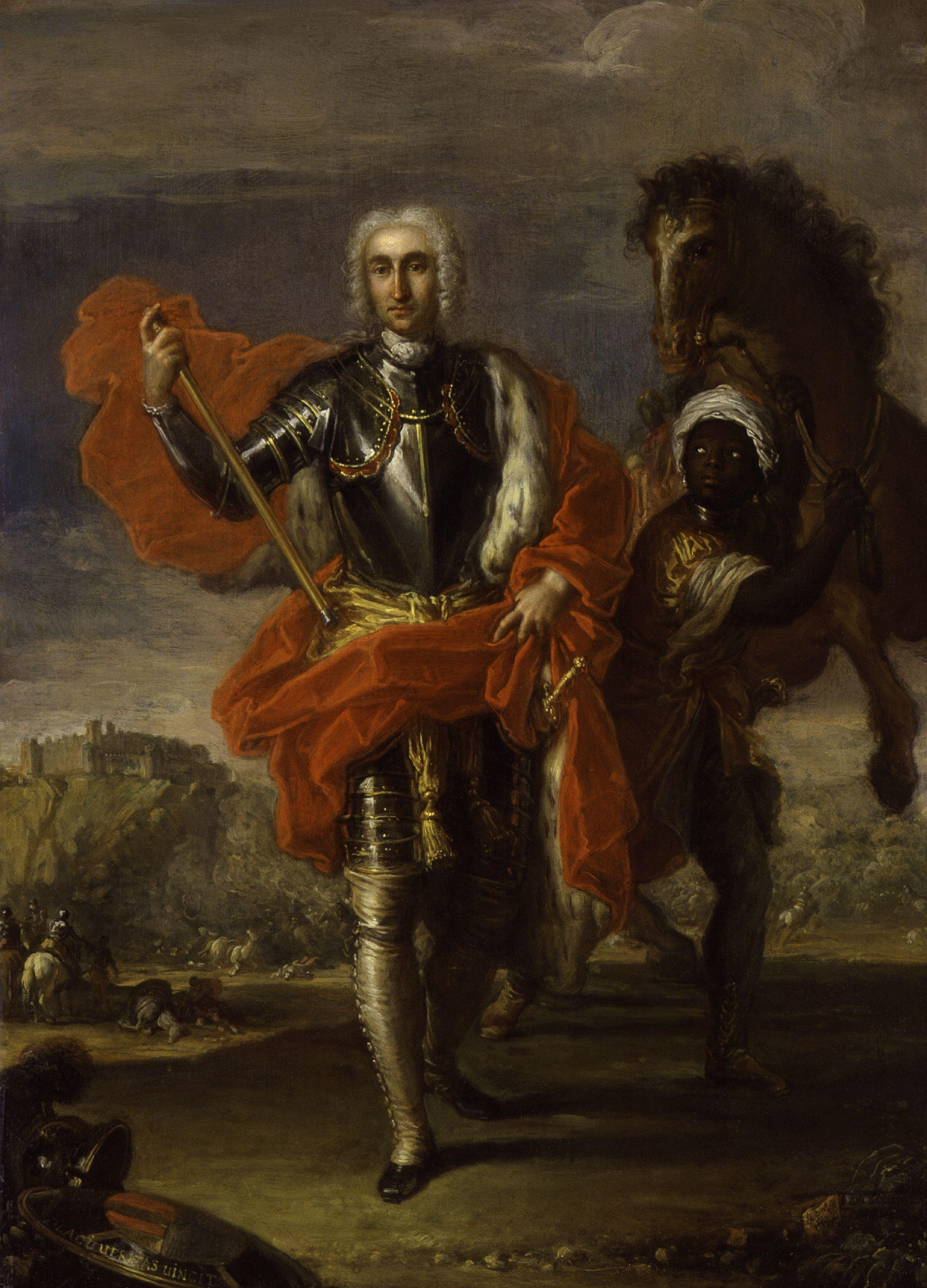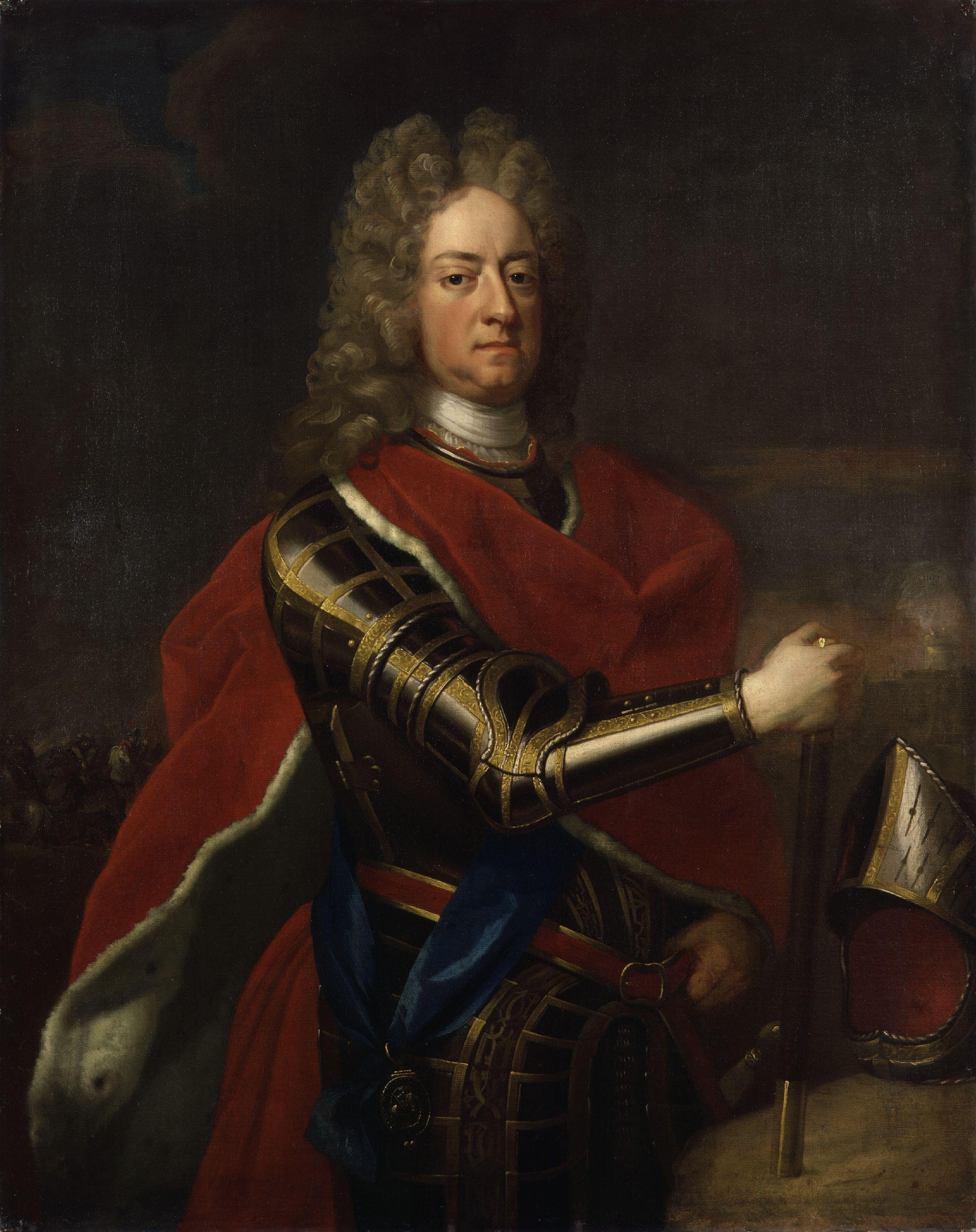
IN June 1719 the latest desperate attempt at a Jacobite rebellion began in Glenshiel. The glen ran north-west from the central Highlands to the wild waters of a trackless wilderness facing narrow seas and the Isle of Skye from the castle of Eilean Donan.
Since the Vikings, only nature had disturbed the solitude where three sea lochs met. Now, out of the blue of a budding spring, a Spanish fleet arrived carrying also Scottish, Irish and other fighting men. They had enough armaments to cause ticklish logistical problems for a government in London to feel it had no choice but to throw them out as soon as it could. Then as now, the Unionist government in London did not otherwise defend Scottish shores.
But this was neither a second armada nor an improvement on that example, so beloved of the English, from more than a century before. The monarch in Madrid, Philip V, had still gained little experience of war in stormy waters.
He had noted, rather, how the rising British Empire, after eliminating internal threats from Scotland and Ireland, flaunted its prospects of a new global power that, from the Spanish point of view, it would be better to eliminate. The remnants of a Catholic monarchy in the distant isles seemed to offer an opportunity, though in the event a deceptive one.
The main initiative was anyway to be an invasion of south-west England, led by the exiled Scottish Jacobite mercenary George Keith, Earl Marischal. It was the leading Irish Jacobite James Butler, Duke of Ormonde, that insisted on the need for a diversionary attack in Scotland.
Meanwhile the Old Pretender, King James VIII to his followers, was to travel from exile in Italy to Spain, where he could join the expedition or follow it at a later date.
True, they could be sure of some local support. Clans still rallied to the Jacobite banner. Donald Cameron of Locheil tramped across the mountains, ready to join up, but managed to raise only 150 of his clansmen. Ranald MacDonald of Clanranald led the largest contingent of any clan.
William, Earl of Seaforth, commanded a contingent of 400 to 500 Mackenzies. They combined with a small band from Perthshire under Lord George Murray, in the end to be the best Jacobite general but for now too junior. A small contingent of MacGregors from Stirlingshire and Argyll came in under the leadership of the legendary Rob Roy MacGregor.

Exiled Scottish Jacobite mercenary George Keith, Earl Marischal
In other words, the government in London could not simply ignore what was going on in remote corners of the Scottish Highlands. With constant war erupting round Europe anyway, no risky diversions in the British Isles could be tolerated.
On March 9, an armada of 29 Spanish ships, 5000 troops and 30,000 muskets left Cadiz in southern Spain under Marischal, intending to rendezvous with Ormonde at Corunna in northern Spain, then to invade England.
In the nature of things, armadas move slowly, and on March 29 a fierce storm scattered the main fleet. The invasion was officially cancelled, but Marischal had sailed too early for the news to catch up with him. He proceeded on his personal mission towards the Outer Hebrides and the harbour at Stornoway.
There the Jacobites scanned the horizons and wondered what to do next. Should they wait for word from Ormonde? Or should they follow the further plan from Marischal, to cross to the mainland and head for Inverness, the nearest outpost of the British government, normally garrisoned by only 300 men?
Waiting longer for Ormonde would have been a waste of time, and eager Jacobites felt keen to follow Marischal anyway. The force battled through storms and crossed to the mainland on April 13. It was disappointing to find nobody ready to greet them. The local chiefs were prudently awaiting news about Ormonde before they committed their men to battle.
THE Jacobites put a garrison of Spaniards into Eilean Donan before going ashore in force. The position they chose made the most of the available terrain. Heading inland was a drover’s road that crossed the Shiel River by a stone bridge. The glen narrowed into a gorge, its steep sides covered by heather, bracken and birches.
The Jacobites sought to strengthen their line by throwing up a series of entrenchments on the rising ground. Then they awaited a challenge from the British state.
The challenge came at length from two directions. On the west coast, a flotilla of ships from the Royal Navy arrived out of the blue, though they obviously had good information.
They at once stormed Eilean Donan and boxed the Jacobites in. They seized large amounts of gunpowder and ammunition, and blew the castle up.
The British state was at last seizing the initiative in the loyal east of Scotland. The garrison at Inverness was reinforced and placed under the command of General Joseph Wightman. He marched out on June 5 and headed down to Fort Augustus. He could then be expected to strike out across the hills and reach Cluanie by June 9, with the foot of Glenshiel only a day away.

Leading Irish Jacobite James Butler, Duke of Ormonde
He headed a force of 850 infantry, including a Dutch contingent, then 120 dragoons, 200 grenadiers and 130 clansmen from loyal Whig clans, with six mortars for his artillery.
On the morning of June 10, the Battle of Glenshiel began. On Wightman’s right, he positioned his Highland contingent consisting of MacKays from Sutherland. The main body of Hanoverian troops was split into two wings, straddling the river. Facing them, the Jacobite forces were slow to get organised.
Wightman could focus on the centre of their line. He trained his mortars on the Spanish marines, who held their ground while the dry heather around them caught fire.
After a couple of hours, the battle was entering its last confusing moments. The Jacobites wavered. Some of the clansmen wanted to form up with the Spaniards and march down to await Ormonde and his reinforcements.
In any case Marischal quit the field, and the Spaniards declared they were in no position to endure a march through the Highlands. Many men just melted away into the mountains. That is why we do not know how many Jacobites died. The government’s casualties were 21 men killed and 121 wounded.
This Jacobite effort had fizzled out essentially because of poor planning and bad leadership. The disaster was dire enough to make most of those still nominally loyal to the House of Stewart assume the cause was hopelessly lost and should simply be abandoned.
Scotland could still live, only not in the old ways amid the misty mountains. In fact a totally final rebellion would take place, against the odds, in 1745, this time to take down Gaelic civilisation along with a royal dynasty.
Instead Scotland would prove itself for the future against England and the world by its ideals and its intellect.







